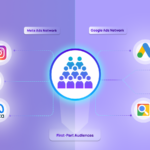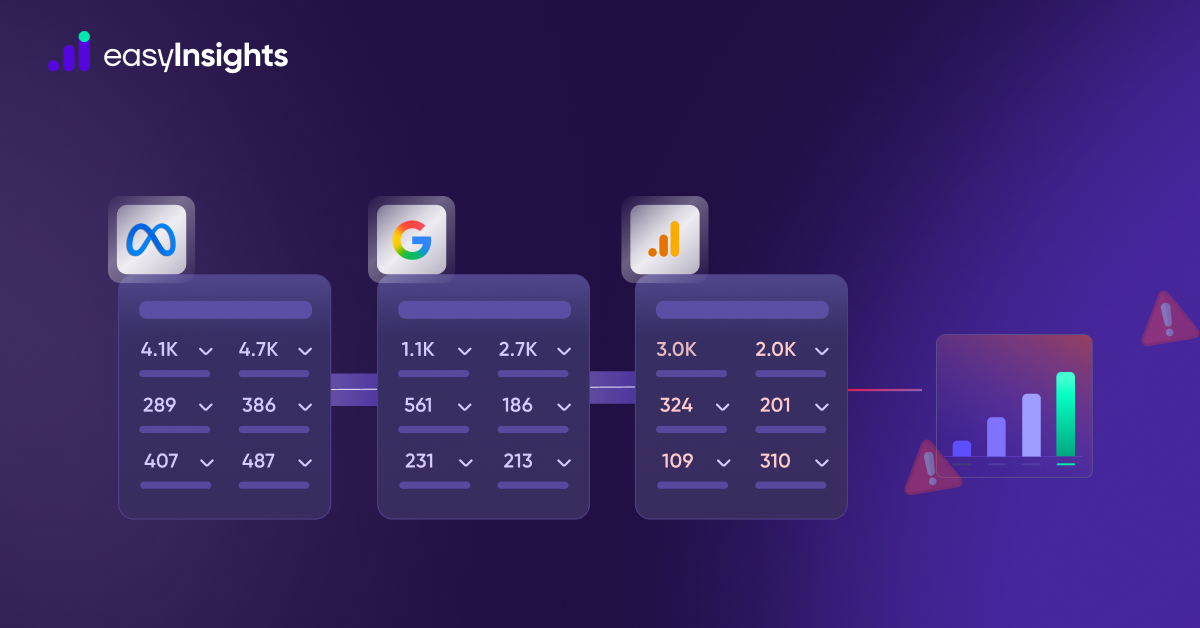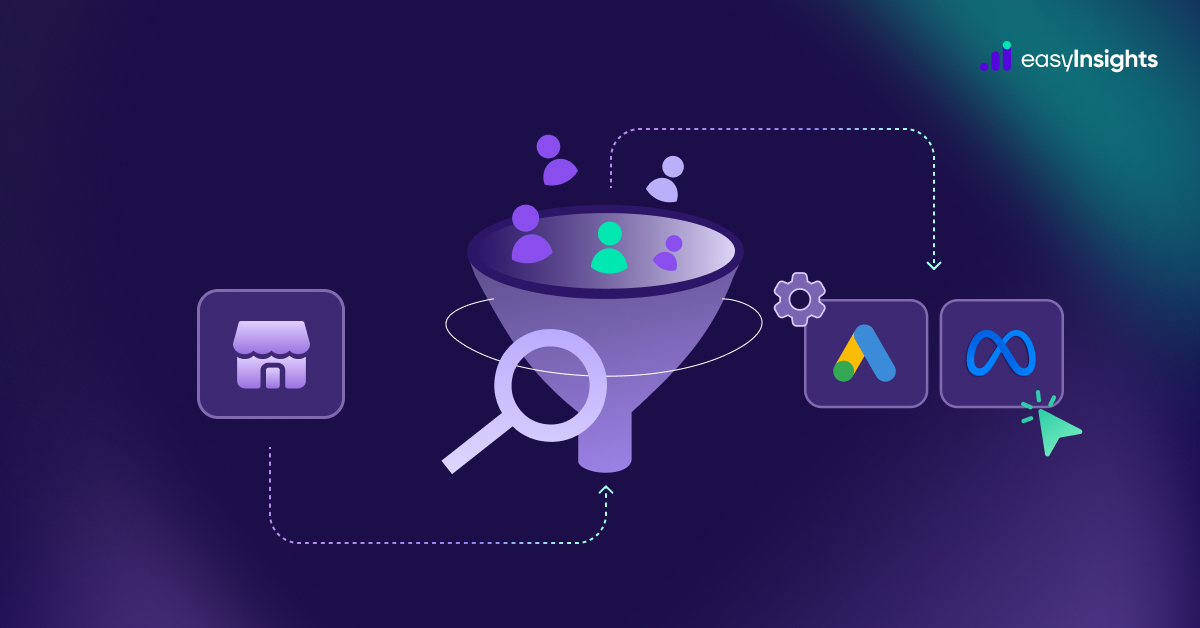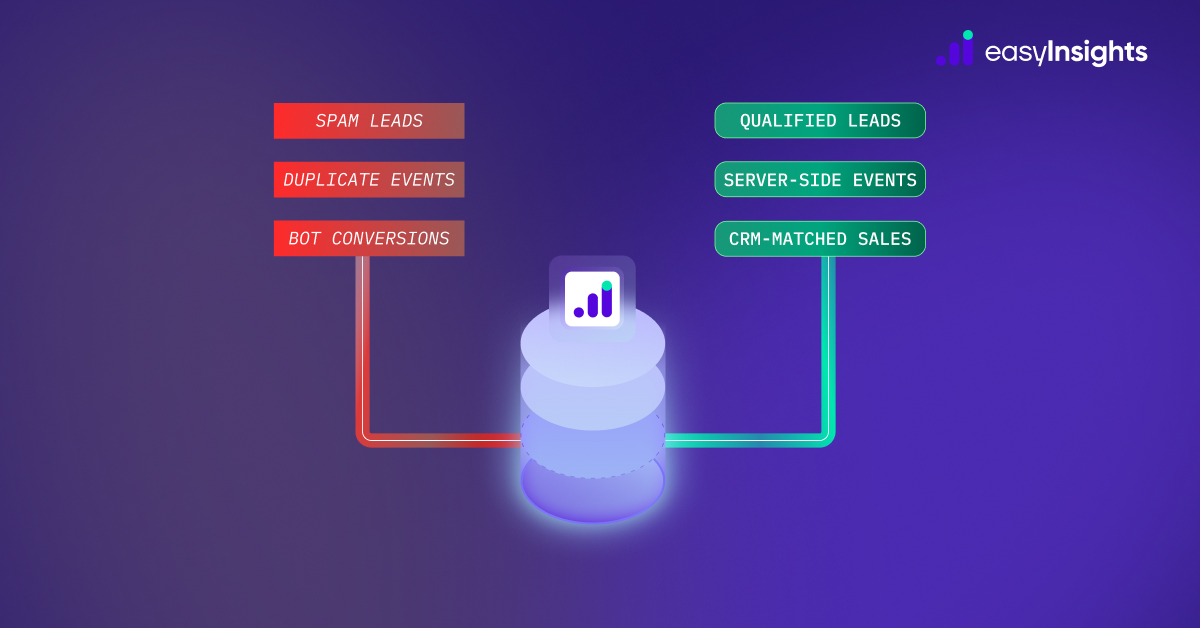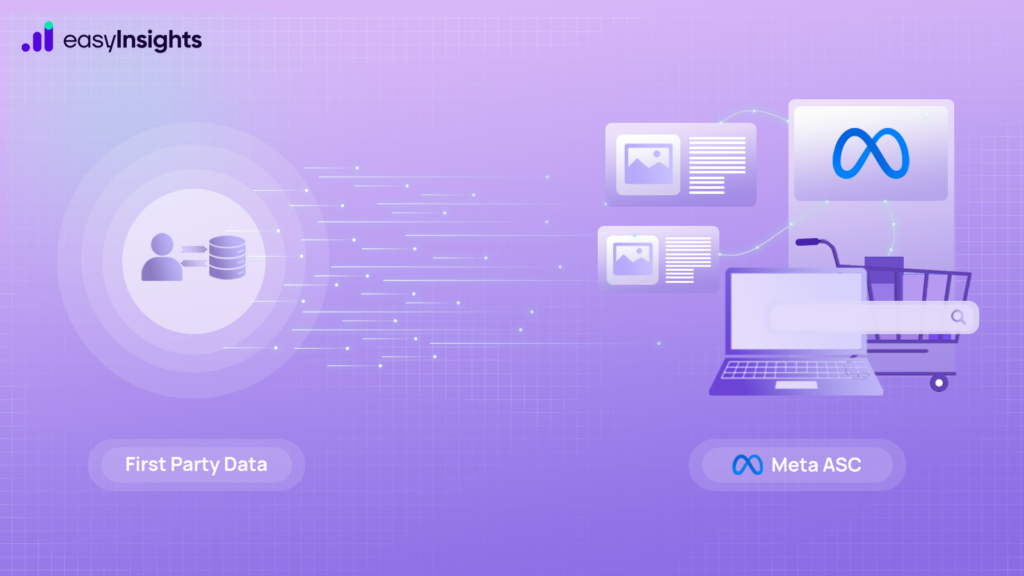
If you’re running Meta’s Advantage+ Shopping Campaigns (ASC) and not seeing the results you expected, chances are you’re not using them to their full potential.
While ASC campaigns are designed to automate and optimize ad delivery using machine learning, they still require the right inputs and setup to perform efficiently. In this guide, we’ll walk you through proven strategies to make your ASC campaigns more efficient and profitable.
Jump ahead to:
What Are Advantage+ Shopping Campaigns (ASC)?
Advantage+ Shopping Campaigns are Meta’s automated solution for eCommerce advertisers. ASC simplifies campaign creation by combining audience targeting, placements, and creative testing into one consolidated process. It’s powered by Meta’s machine learning, which identifies the best combination of creative and audience to maximize results.
These campaigns address several limitations faced when creating manual ads for Facebook or Instagram:
- Data privacy concerns: Manual ads require direct access and control over user data, raising data privacy challenges. ASC minimizes this by using Meta’s privacy-safe signals.
- Time-consuming setup: Manual campaigns demand a lot of time to configure targeting, build creatives, and segment audiences. ASC automates much of this.
- Less efficient targeting: Traditional campaigns often lack the advanced machine learning that ASC offers, leading to lower accuracy in audience targeting and subpar conversion rates.
With Advantage+, Meta streamlines the entire advertising workflow – making it more integrated, data-driven, and performance-optimized from the start.
Power Advantage+ Shopping Campaigns with First-Party Events
Meta’s Advantage+ Shopping Campaigns offer one of the fastest ways to scale. These campaigns apply Meta’s best practices automatically, and brands have seen up to 32% higher ROAS and 17% lower cost per conversion when using them effectively.
But Meta also highlights a key point: first-party events are essential to getting the most out of Advantage+.
In today’s privacy-focused world, Meta relies more on the data you collect directly from your store. Events like purchases, add-to-cart actions, product views, and custom milestones help the system understand which users are most likely to convert and what matters most to your business.
Meta’s key recommendations:
- Send accurate first-party events through the Meta Pixel or Conversions API. EasyInsights can help you ensure that purchase and cart data are clean, consistent, and real-time.
- Choose the right optimization event. Don’t settle for generic signals like “Purchase” if they don’t match your true business goals. Consider events like “Acquisition”, “High-Value Purchase” or “Repeat Buyer” if they better reflect customer quality.
- Make sure your campaign gets enough data. Meta recommends at least 50 conversions per week on your selected optimization event to exit the learning phase.
- Let the campaign run for 2 to 4 weeks without major changes to give the system time to optimize.
- Use A/B testing to compare performance between standard events and more advanced custom events powered by your first-party data.
Why this matters:
Meta’s automation works best when it receives clear, high-quality signals. Without strong first-party data, even the smartest algorithm is forced to guess. On the other hand, e-commerce brands that send well-structured, meaningful events consistently get better targeting, higher-quality customers, and stronger ROAS.
Meta is clear. The future of performance marketing for e-commerce is automated and driven by the signals you own. Combining Advantage+ Shopping Campaigns with first-party data is no longer optional – it’s a competitive advantage.
EasyInsights powers your first-party data by sending enriched signals like email and phone to ad platforms via server-side APIs. This improves acquisition performance as platforms like Meta prioritize high-quality, first-party data to enhance targeting, boost match rates, and reduce CPA.
Optimize Ad Campaigns with Meta ASC Best Practices
1. Don’t Just Optimize for the Purchase Event
While purchases are often the end goal, optimizing solely for the purchase event can limit learning and scale – especially for new campaigns or products with longer conversion cycles.
- Use deeper funnel events like “Initiate Checkout” or “Add Payment Info” when the purchase data is limited.
- Consider value optimization instead of just event count to help Meta find higher-value customers.
2. Set Up Conversions API (CAPI)

The Conversions API (CAPI) works alongside the Meta Pixel to ensure better signal quality, especially as browser tracking limitations increase. This setup helps maintain strong campaign performance even in a privacy-first world.
- Implement server-side event tracking with CAPI to capture more accurate and complete data.
- Combine Pixel + CAPI for redundant event tracking, improving match quality and attribution.
3. Focus on Value of Conversions

ASC campaigns succeed when they can optimize for actual revenue, not just event counts. Meta’s algorithms prioritize users more likely to convert with higher purchase values.
- Use the “Value” optimization goal within ASC to focus on revenue generation, not just purchases.
- Feed accurate product-level pricing and purchase data via catalog or pixel events.
4. Ad Creatives Matter
Even the best algorithm needs great creativity to perform. Since ASC automates much of the campaign logic, creative becomes your key performance lever.
- Test a variety of formats (static, carousel, video) within ASC ad sets.
- Refresh creatives every 2 – 4 weeks to combat fatigue and leverage seasonal trends.
- Use dynamic ads for product-specific personalization at scale.
5. Balance Budget Between Prospecting & Retargeting
While ASC is designed to prioritize high-converting audiences, you still need a healthy funnel strategy. Retargeting warm audiences and prospecting for new ones requires thoughtful budget allocation.
- Allocate ~70-80% of budget to ASC (broad/prospecting).
- Allocate ~20-30% to retargeting (custom audiences, site visitors, etc.).
- Test separate campaigns if your retargeting audiences are large enough for statistical significance.
6. Placement Control
ASC uses Advantage+ Placements by default to help you find the best inventory at the best price. However, you can still apply light placement restrictions based on performance data or brand safety.
- Start with Advantage+ Placements enabled for maximum reach and efficiency.
- If needed, exclude low-performing placements based on historical data (e.g., Audience Network).
- Monitor delivery and shift based on where your most valuable conversions come from.
Benefits of Advantage+ Shopping Campaigns
Meta’s Advantage+ Shopping Campaigns (ASC) are built to deliver performance through automation and AI – but when you fuel them with high-quality first-party data, the results can be transformative.
Here’s how first-party data supercharges your ASC campaigns:
1. Improved Audience Matching & Signal Quality: First-party data – like website activity, CRM lists, purchase history, and app engagement – gives Meta better inputs to identify high-value customers.
2. Better Lookalike Audiences & Predictive Targeting: Feeding ASC with rich first-party data (via Conversions API or custom audiences) allows Meta to build more advanced lookalike models, which expand your reach without sacrificing quality.
3. Smarter Optimization Based on Actual Purchase Behavior: Using actual sales and conversion data from your site or app, ASC learns what types of users are more likely to buy and spend more.
4. Stronger Retargeting Across Devices & Platforms: With first-party data synced via Meta Pixel and Conversions API, ASC can reconnect with high-intent users – even when they switch devices or browse anonymously.
Conclusion
The promise of Meta’s Advantage+ Shopping Campaigns lies not just in automation – but in amplification. It’s not about handing over control to the algorithm and hoping for the best. It’s about feeding the system with the right data, setting the right signals, and letting machine learning do what it does best: scale what already works.
Brands that win with ASC aren’t those with the biggest budgets – they’re the ones that understand how to turn their own data into a performance edge. In a world where privacy is tightening and ad platforms are shifting toward AI-first strategies, your clean, high-quality first-party signals are your most powerful asset.
To know more Book a demo Today!


